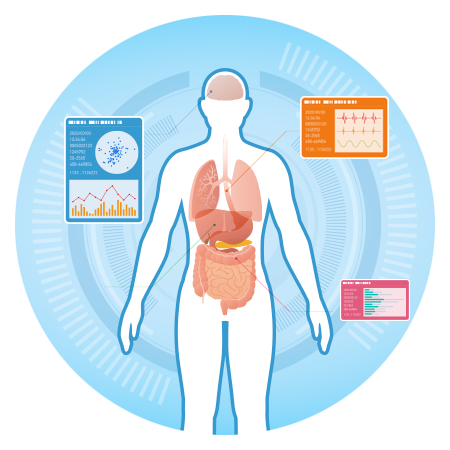Module 3: Assessment
Lesson 5
Anxiety: Comprehensive assessment (cont’d)
Standard screening tools
Screening tools may be useful when there is clinical suspicion of anxiety. Currently, there is no clear evidence that routine screening leads to improved outcomes in the primary care setting (Loretz, 2005; Regenstreif, 2016).
Self-rating anxiety scales are listed below.
- GAD-2 Anxiety scale (“Anxiety Disorders in Primary Care Patients,” 2007)
- The 2-item Generalized Anxiety Disorder scale had high sensitivity and specificity for detecting GAD in primary care (Skapinakis, 2007)
- GAD-7 Anxiety scale (Spitzer, Kroenke, & Williams, 2006)
- Zung Self-rating Anxiety Scale (SAS) (Miller & Rahe, 1990)
- Liebowitz Social Anxiety Scale (LSAS) (Liebowitz, 1987)
- Mini-Social Phobia Inventory (Mini-SPIN) (Connor, Kobak, Churchill, Katzelnick, & Davidson, 2001)
References:
- Anxiety Disorders in Primary Care Patients. (2007). Annals of Internal Medicine, 146(5), 317–325. doi:10.7326/0003-4819-146-5-200703060-00002
- Connor, K. M., Kobak, K. A., Churchill, L. E., Katzelnick, D., & Davidson, J. R. (2001). Mini-SPIN: a brief screening assessment for generalized social anxiety disorder. Depression and Anxiety, 14, 137–140.
- Liebowitz, M. R. (1987). Social phobia. Modern Problems in Pharmacopsychiatry, 22, 141–173.
- Loretz, L. (2005). Primary care tools for clinicians. A compendium of forms, questionnaires, and rating scales for everyday practice. St. Louis, MI: Elsevier Mosby.
- Miller, M. A., & Rahe, R. H. (1990). Life changes scaling for the 1990s. Journal of Psychosomatic Research, 43, 279–292.
- Regenstreif, L. (2016). Anxiety disorders in adults. Module in Practice Based Small Group Learning Program, 24(5), 1–14. Foundation for Medical Practice Education, McMaster University.
- Spitzer, R. L., Kroenke, K., Williams, J. B., & Löwe, B. (2006) A brief measure for assessing generalized anxiety disorder: the GAD-7. Archives of Internal Medicine, 166(10), 1092–1097.
- Skapinakis, P. (2007). The 2-item Generalized Anxiety Disorder scale had high sensitivity and specificity for detecting GAD in primary care. Evidence Based Medicine, 12(5), 149. doi:10.1136/ebm.12.5.149
